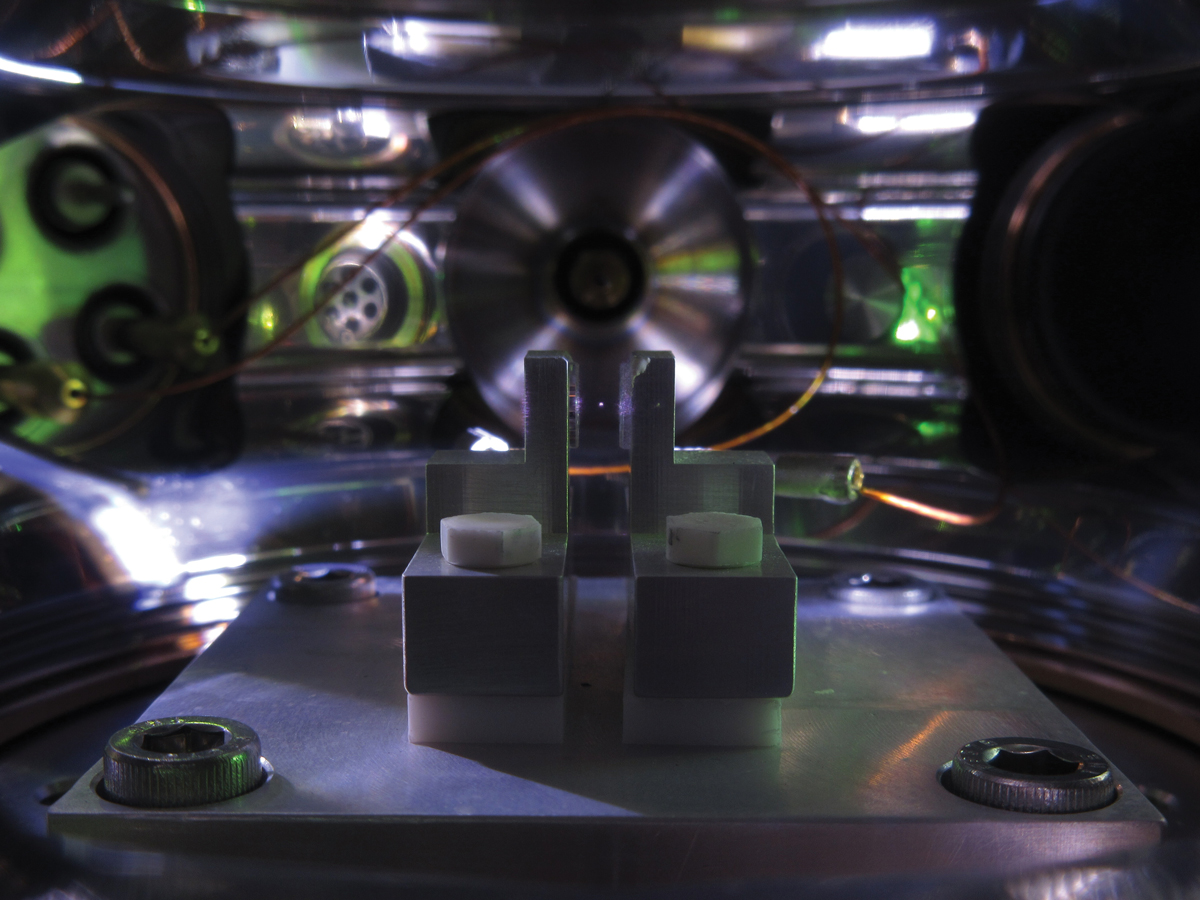
Simulating a Critical Point in Quark Gluon Fluid
Recent advances enable simulations near a possible critical endpoint of the transition between the quark gluon plasma and a hadron liquid.

Recent advances enable simulations near a possible critical endpoint of the transition between the quark gluon plasma and a hadron liquid.

New nuclear physics measurements shed light on the synthesis of heavy elements in stars.

The Facility for Rare Isotope Beams opens a new research avenue and observes three new rare isotopes.

Nuclear physicists shatter a nearly 30-year-old record for the measurement of parallel spin within an electron beam.

Scientists have detected nuclear decay by observing the recoil of a dust-sized particle when a single nucleus within it decays.

High-surface area silicon improves light-driven reactions of carbon dioxide.

Scientists learn how to manipulate quantum properties in graphene to create resistance-free, electricity channels for loss-free future electronics.

Synchrotron X-ray spectroscopy allows atom-level examination of iron and terbium atoms.

Two types of superconductivity compete at the edge between a topological semimetal and a conventional metal, causing the electrons to switch behavior erratically.

Spatial transcriptomics, combined with single-cell expression profiling, reveals new information on plant/arbuscular mycorrhizal interactions.

Free-flowing metal powders offer improvements for additive manufacturing, isotope production target fabrication, and more.

Years of basic scientific research crosscutting multiple disciplines produces new information on the nanoscale complexities of shale.